Fuel Economy Isn’t Exactly a Strong Point
“What carburetors does it run? Two Edelbrock 650-cfm units. They might be a little oversized, and fuel economy is not exactly a strong point. But honestly, who cares how much gas the car burns,” says Erik Jansson with a small laugh.
He lives in the village of Östervåla, historically known for furniture making and home to around 1,800 people. American cars cruise the narrow streets here, including Jansson’s 1973 Plymouth Barracuda.
Well, not quite yet. It actually just recently came together – at least as far as the engine and powertrain are concerned.
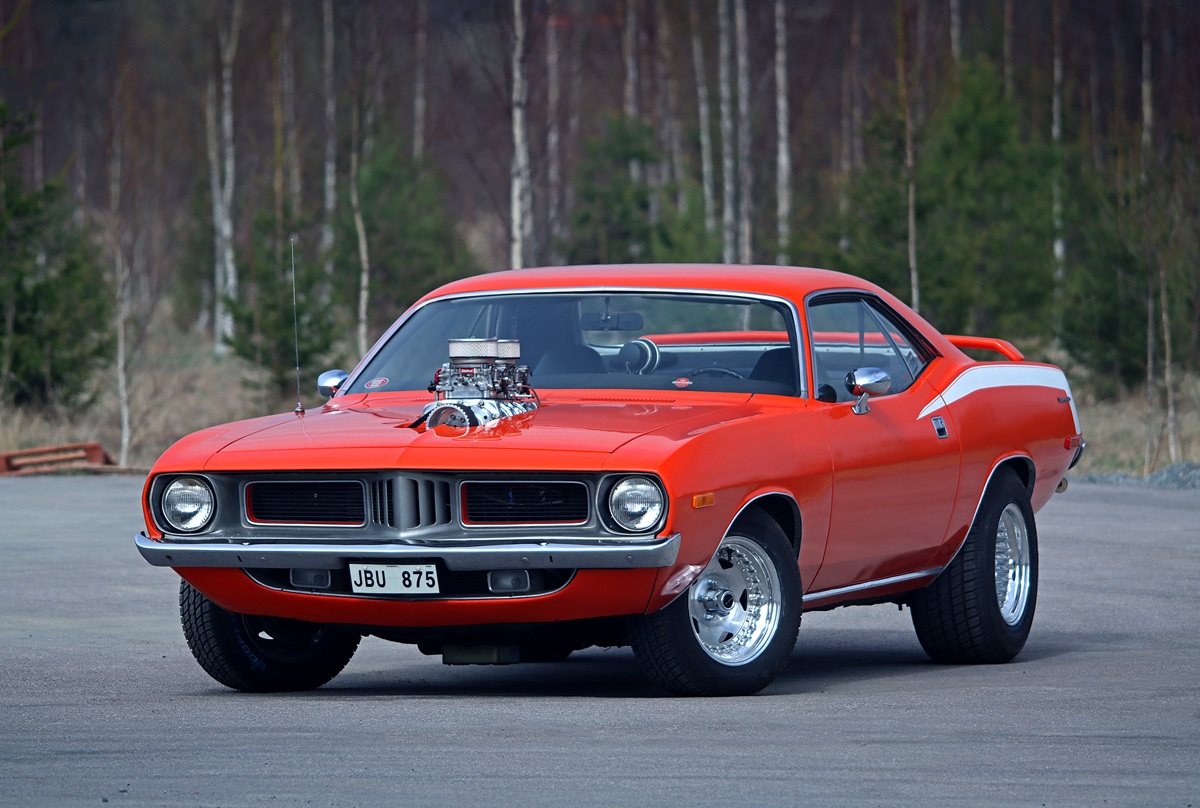
He bought the engine complete from a Mopar® guy in the village of Färnäs in the province of Dalarna. Yes, the same Dalarna in Sweden that is so well known for its many Dodge and Plymouth muscle cars. You already know that if you’ve followed my reports here at DodgeGarage.
“I spotted the V-8 in a classified ad three years ago. I had just been on a car cruise and maybe had a beer or two. ‘That would be fun to own,’ I thought. And a blower on top? That would be cool.”
And that’s exactly what happened.
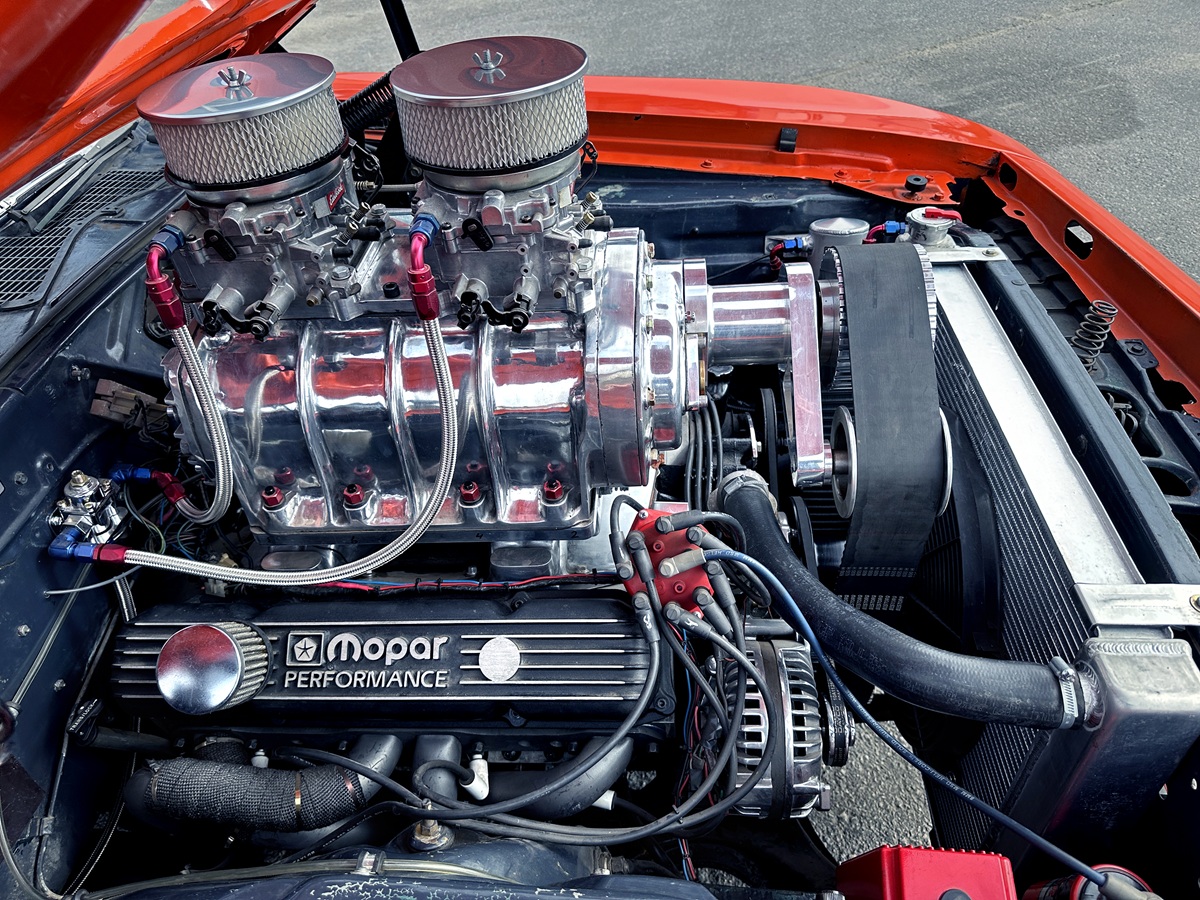
According to Jansson, the V-8 is based on a 400 block stroked with a 440 crankshaft to 451 cubic inches.
“440 blocks can be a little weak when it’s time to build power. The 400 blocks have a slightly larger cylinder bore, and many builders use them as a base when stroking. You end up with a stronger block that can handle higher output.”
He doesn’t know how much horsepower the Barracuda’s V-8 really makes. Maybe 600, Jansson guesses, with roughly 10 percent overdrive on the supercharger. But judging from his tone of voice, and the burnout the car lays down during our photo session, that’s plenty.
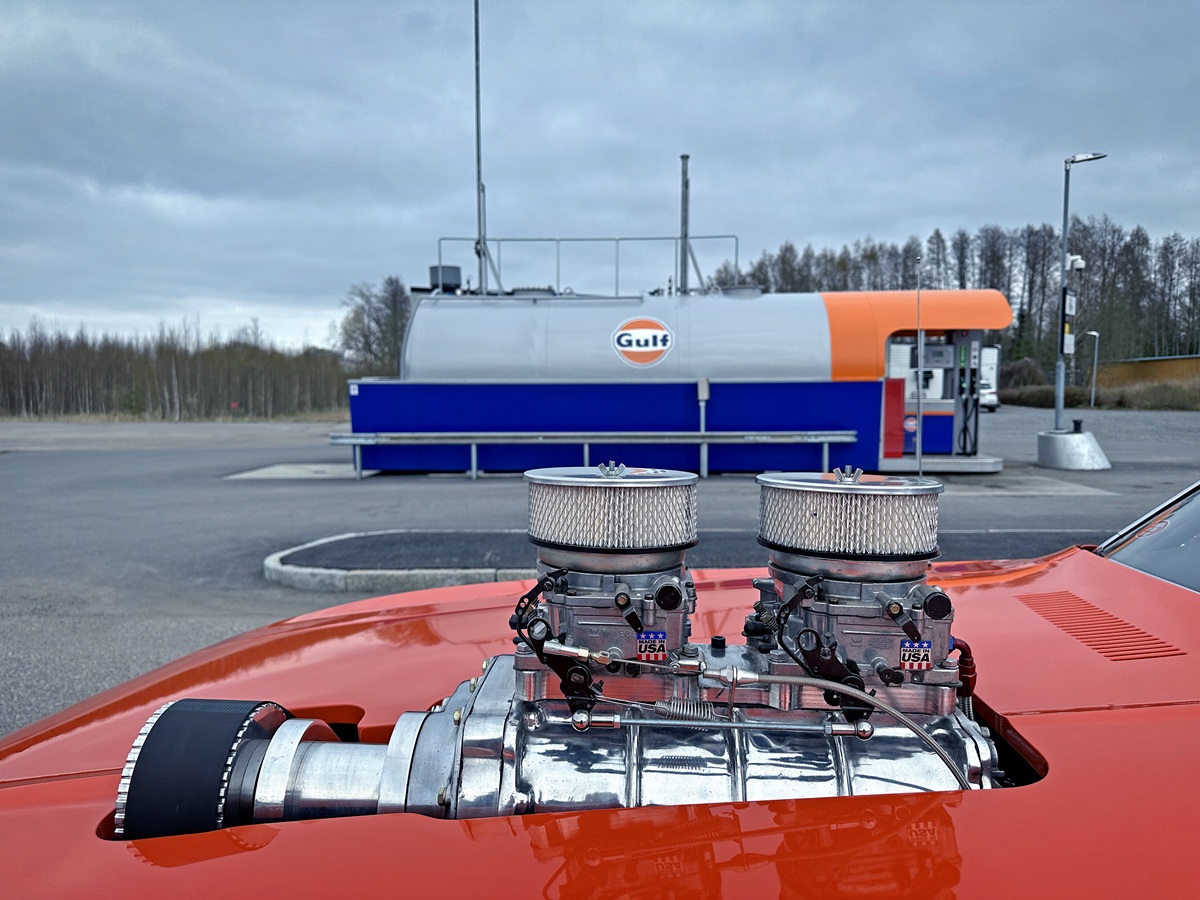
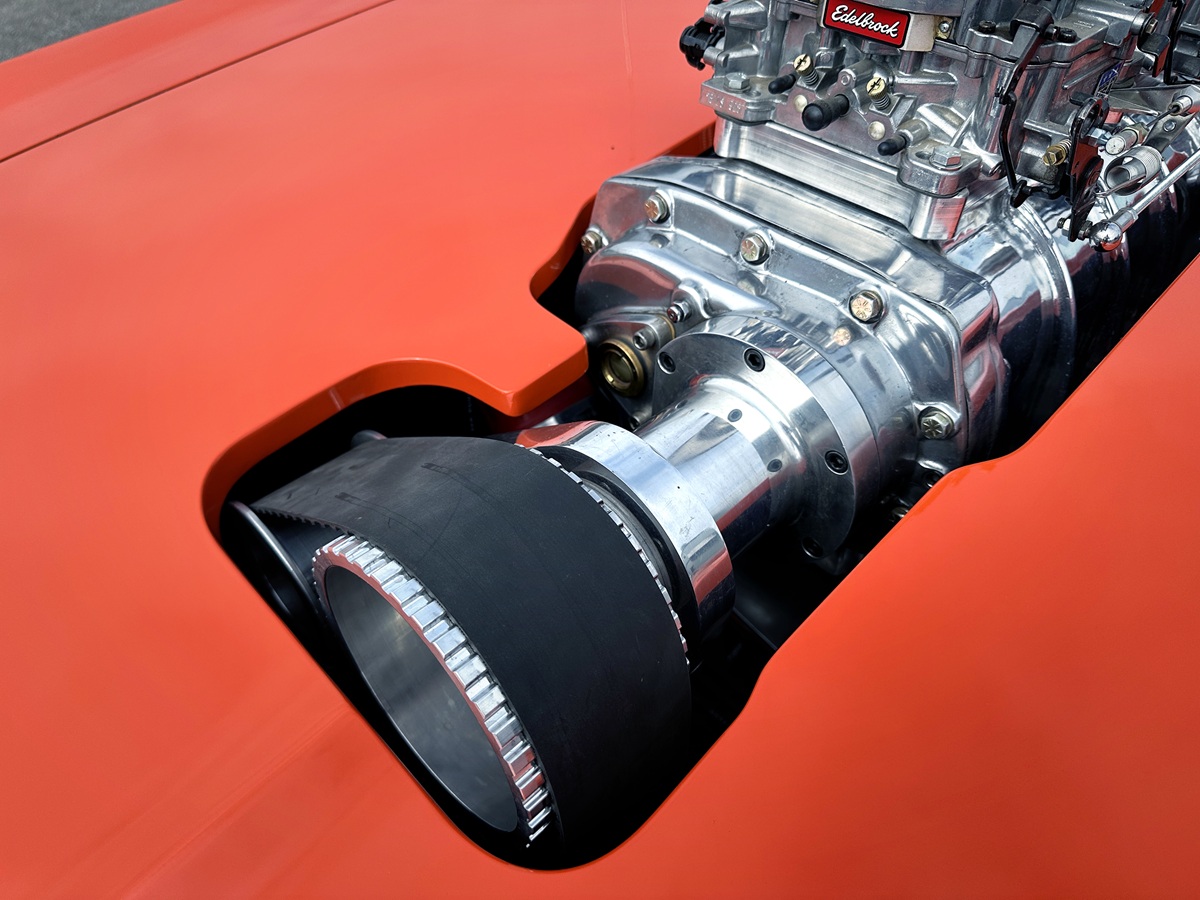
The cylinder heads are Promaxx, and the blower comes from BDS. Jansson has some thoughts about its size.
“The blower is maybe a little small. It’s a 6-71. An 8-71 would probably have been better. But it works fine as long as you keep the revs up. Yes, this V-8 really needs rpm,” Jansson says with a grin.
Why a blown V-8? “The sound,” Jansson says. “The sound. It’s wicked.” He adds that his particular blower is fairly quiet. “But it’s the belt and the gears that make part of the sound,” Jansson says, “and that can always be adjusted.”
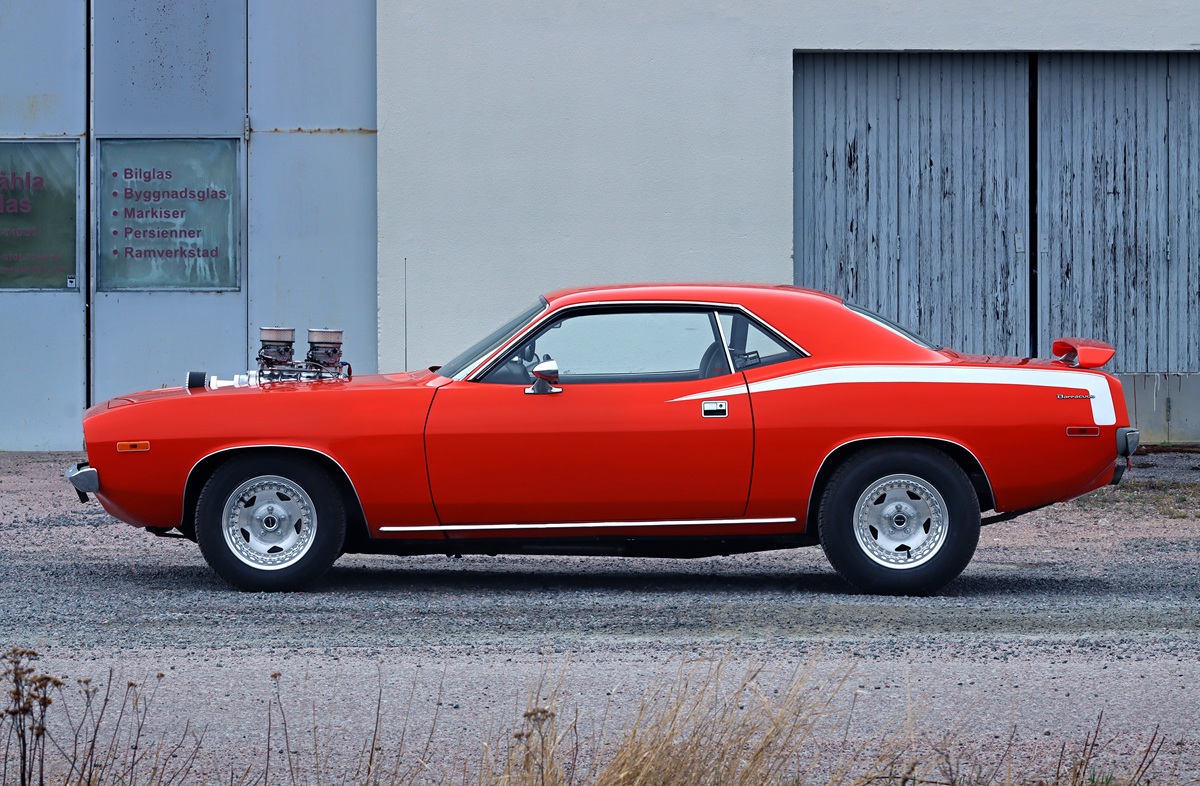
Before we move on to talk more about the Barracuda in general and Jansson’s passion for Mopar vehicles in particular, I ask him to tell me a little more about the V-8 and powertrain.
“I didn’t assemble the engine myself, but it’s got Harland Sharp rockers and an MSD Pro Billet distributor. The transmission is a strengthened TorqueFlite 727, probably good for 700–800 horsepower. The rear end is an 8¾ Sure Grip with 3.23:1 gears, if I remember correctly.”
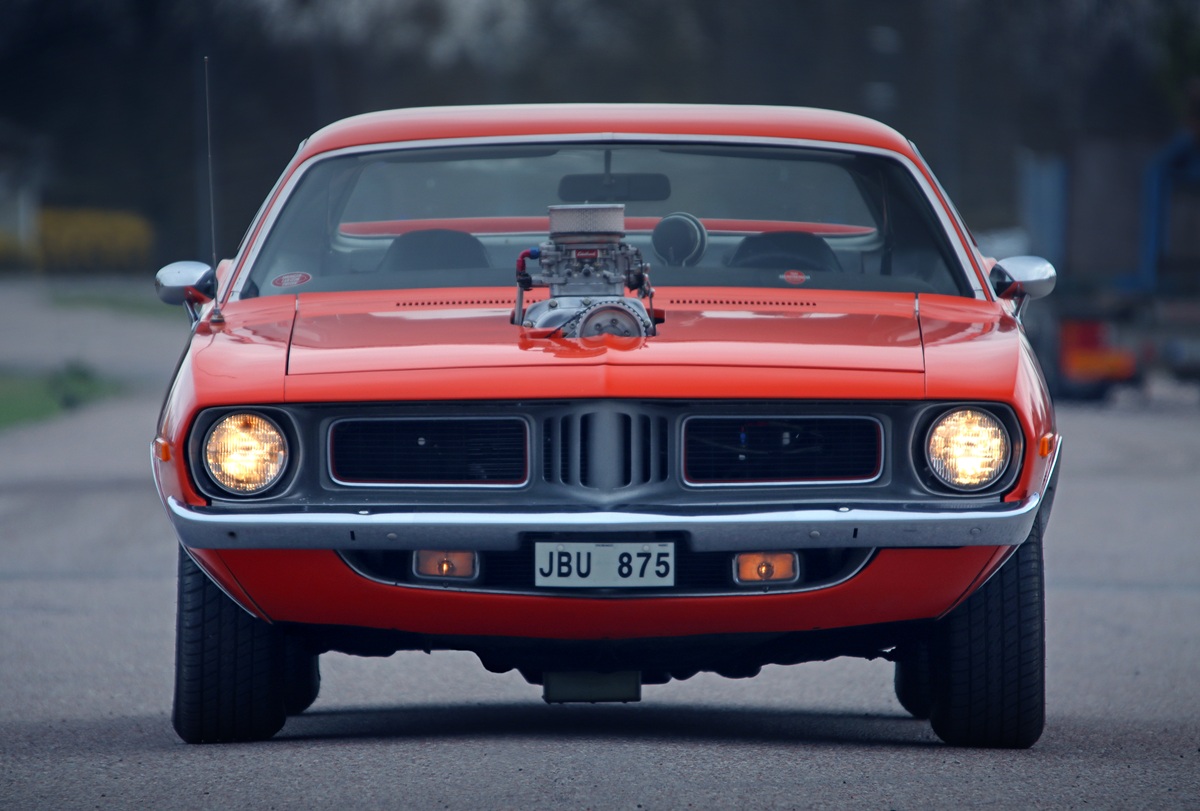
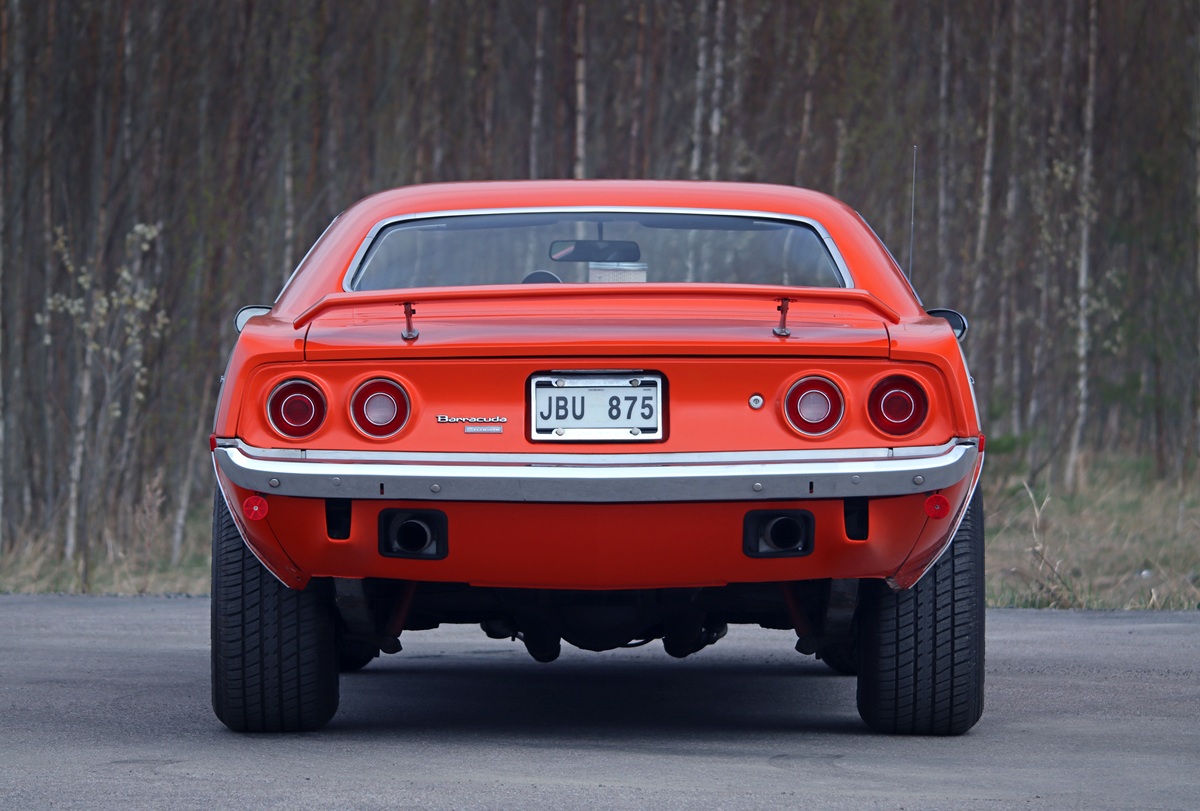
Sounds like a nice setup for fun and cruising. Fun that Jansson has enjoyed since 2004. April 4 of that year, to be precise – 04-04-2004, funnily enough.
Speaking of numbers, three of Jansson’s Mopar vehicles share another one: the Barracuda, his 1970 Dodge Charger, and his 1972 Dodge Challenger (now converted to a 1970 model) all came to Sweden from the United States in 1976.
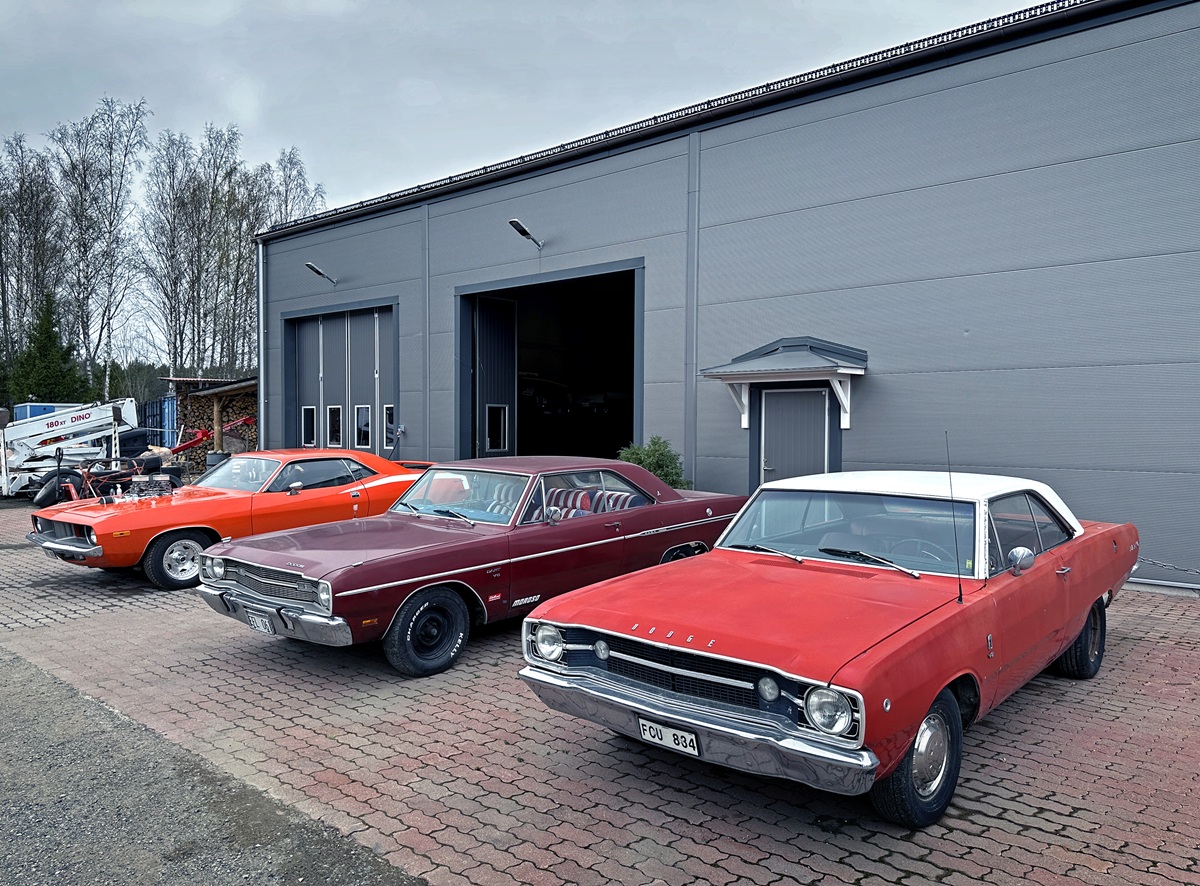
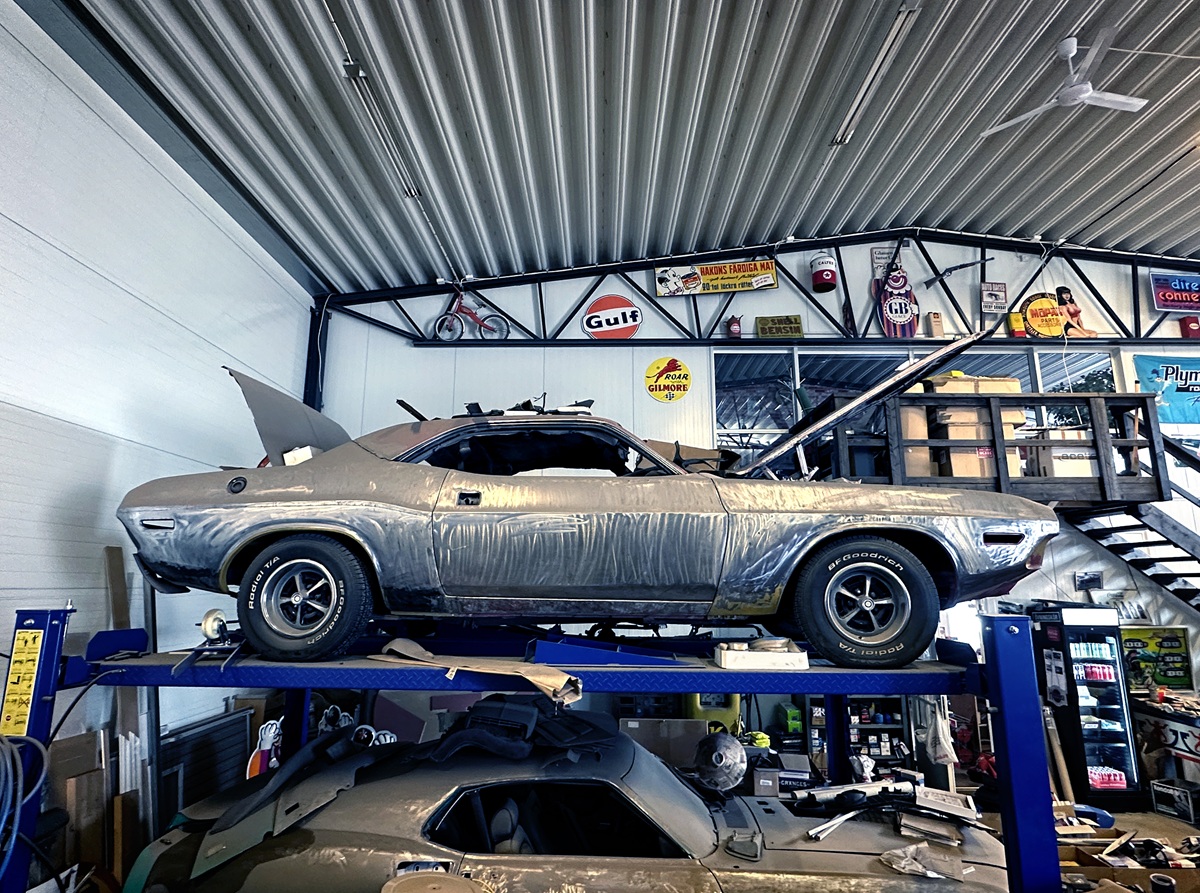
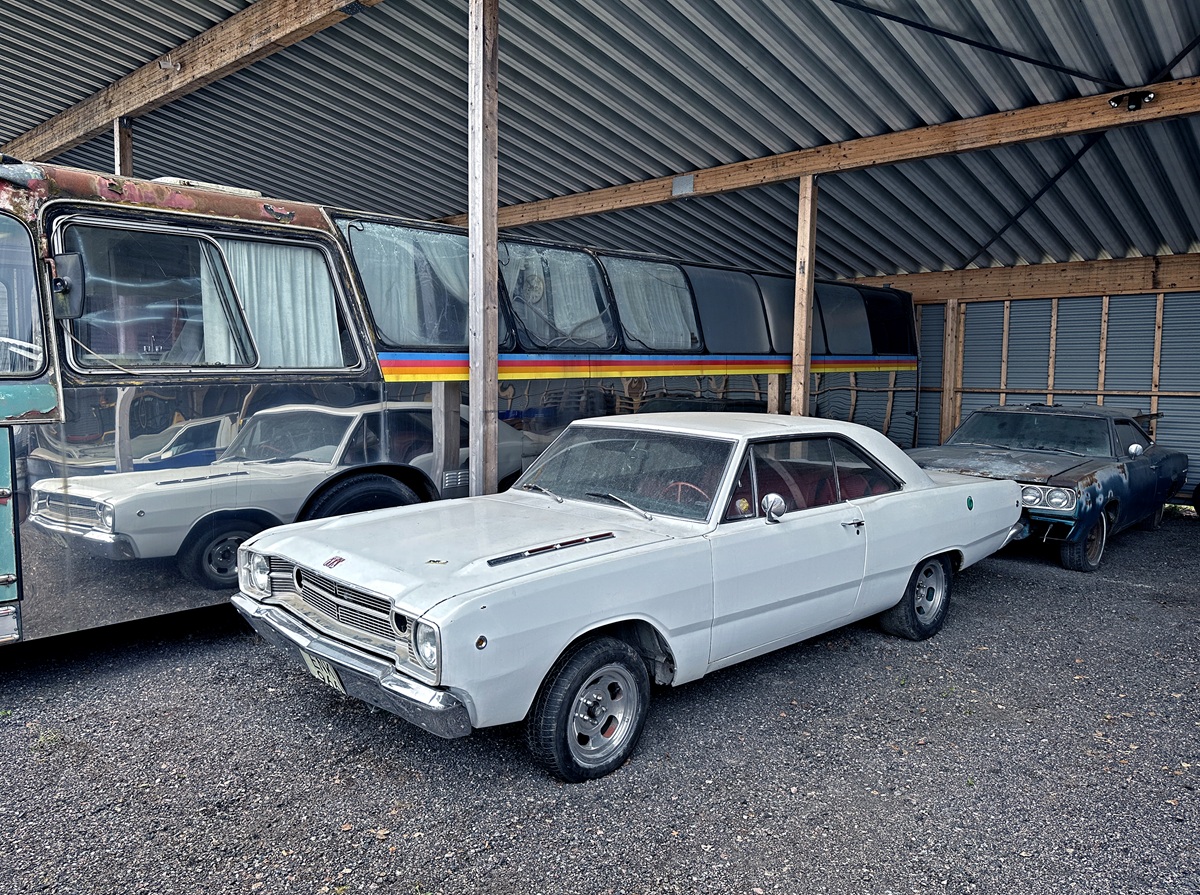
That opens the door to Jansson’s Mopar universe. Besides the muscle machines already mentioned, he also owns five Dodge Darts – three from 1968 and two from 1969. What’s the plan for them? Jansson laughs.
“I’m probably going to put a HEMI® in one of the ’68s. It won’t be an exact HEMI Dart replica, though. A friend told me there are about 200 details that set those apart from a regular Dart. That’s quite a list.”
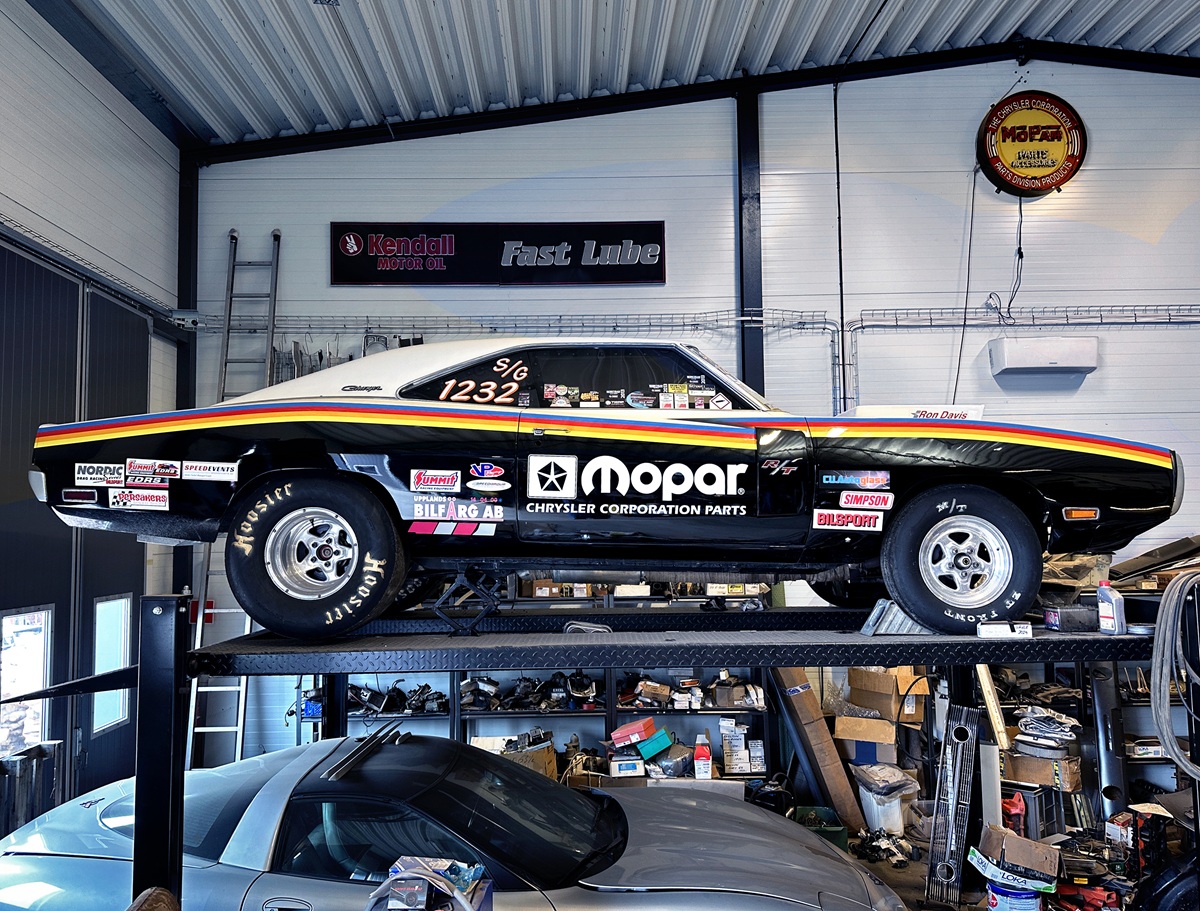
And then there’s the Charger. The 1970. Jansson bought it back in 1982 for 28,000 Swedish kronor (about $2,900). When we talk, he has just come home from Tierp Arena, arguably the finest dragstrip in Northern Europe. He raced there in the Super Gas class with a 9.90-second index for the quarter-mile. His Charger has run a best of 9.37 seconds over 402 meters.
“For this damn car, that’s pretty quick. It has around 850 horsepower, but it also weighs about 1,540 kilos (3,395 pounds). I ran Tierp in June too, and I pulled such a hard wheelie that I smashed the oil pan. I lifted off the throttle, which you’re not supposed to do. But if I hadn’t, I would have gone over backward. The guy in the Corvette behind me said he saw my entire hood,” Jansson says with a laugh.
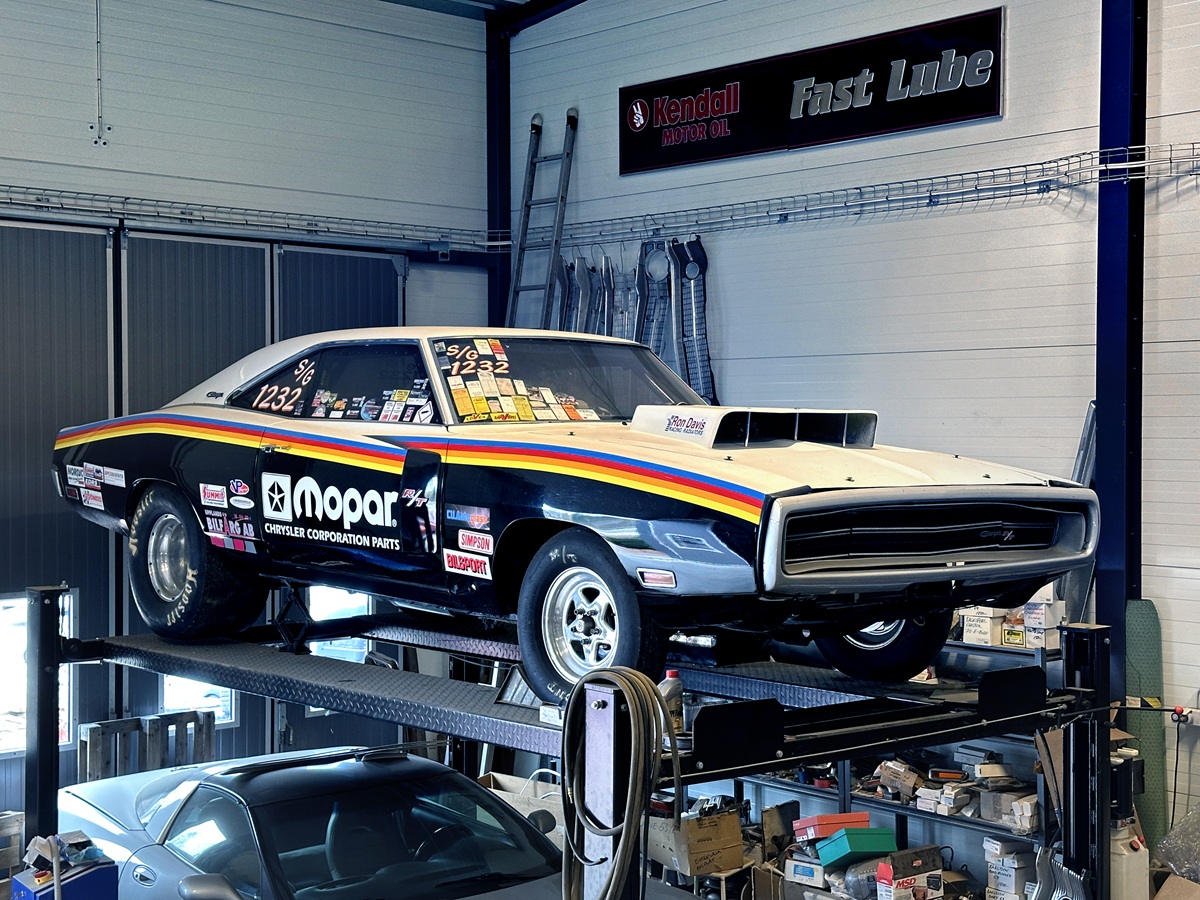
He is especially proud of his 60-foot time: 1.26 seconds. “For a car as heavy as the Dodge, with a stock front suspension and torsion bars and all that… that’s really good.” At the quarter-mile, the Charger hits just under 230 kilometers (143 mph) per hour.”
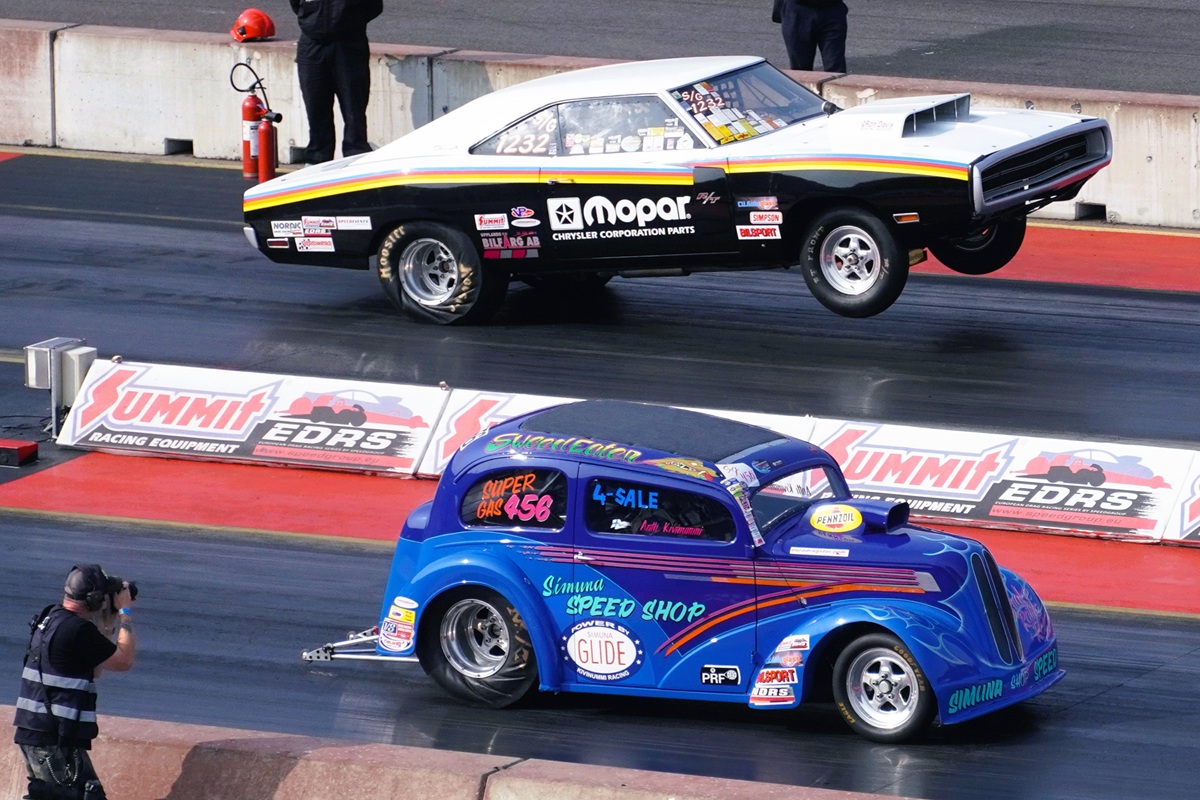
“It runs straight and solid. Totally undramatic. But then again, I’ve read Mopar’s chassis bible and set everything up by the book. Yes, I’ve had a lot of fun with the Charger. It’s heavily modified now, but it doesn’t matter that it started life as an R/T.”
Sometimes you just have to enjoy your toys while you can.
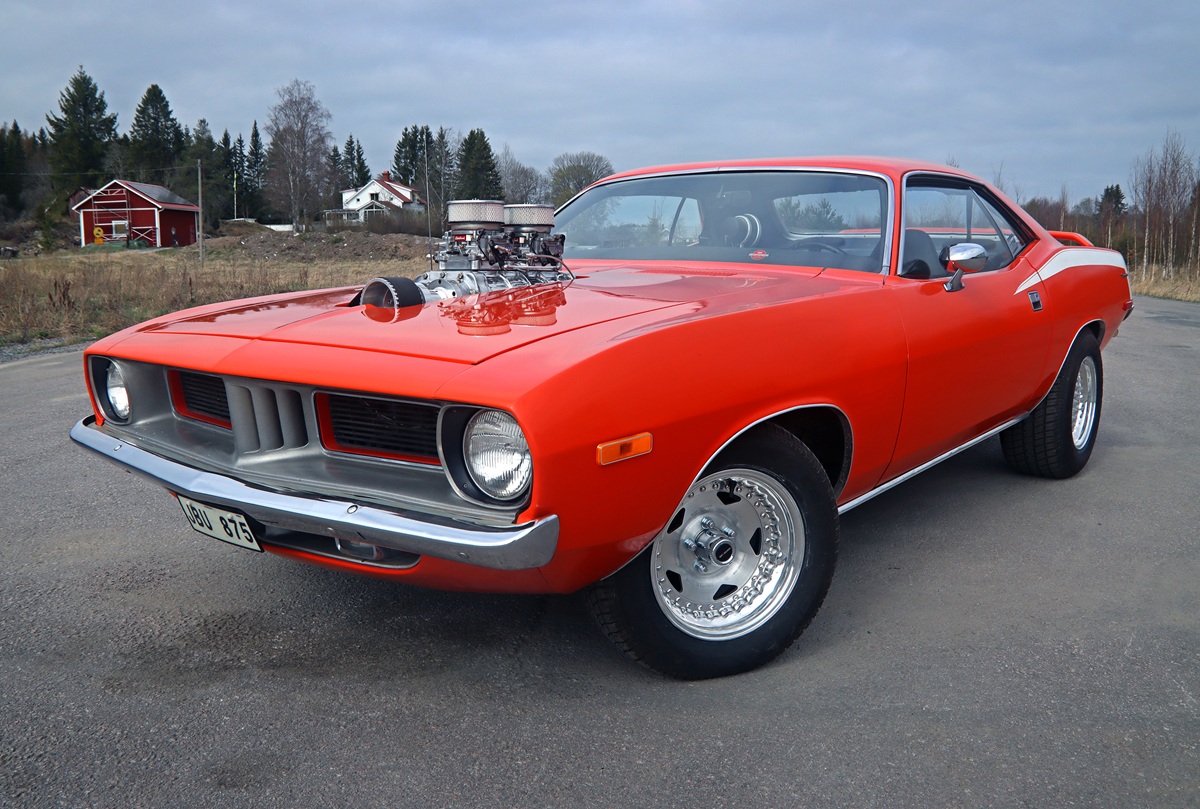
We wrap up by talking a little more about the star of this story, the 1973 Barracuda. It now wears new Center Line Convo Pro wheels and fresh tires. The entire brake system is new, as well. The interior? Well, it’s… green. Not the most optimal match for the exterior paint.
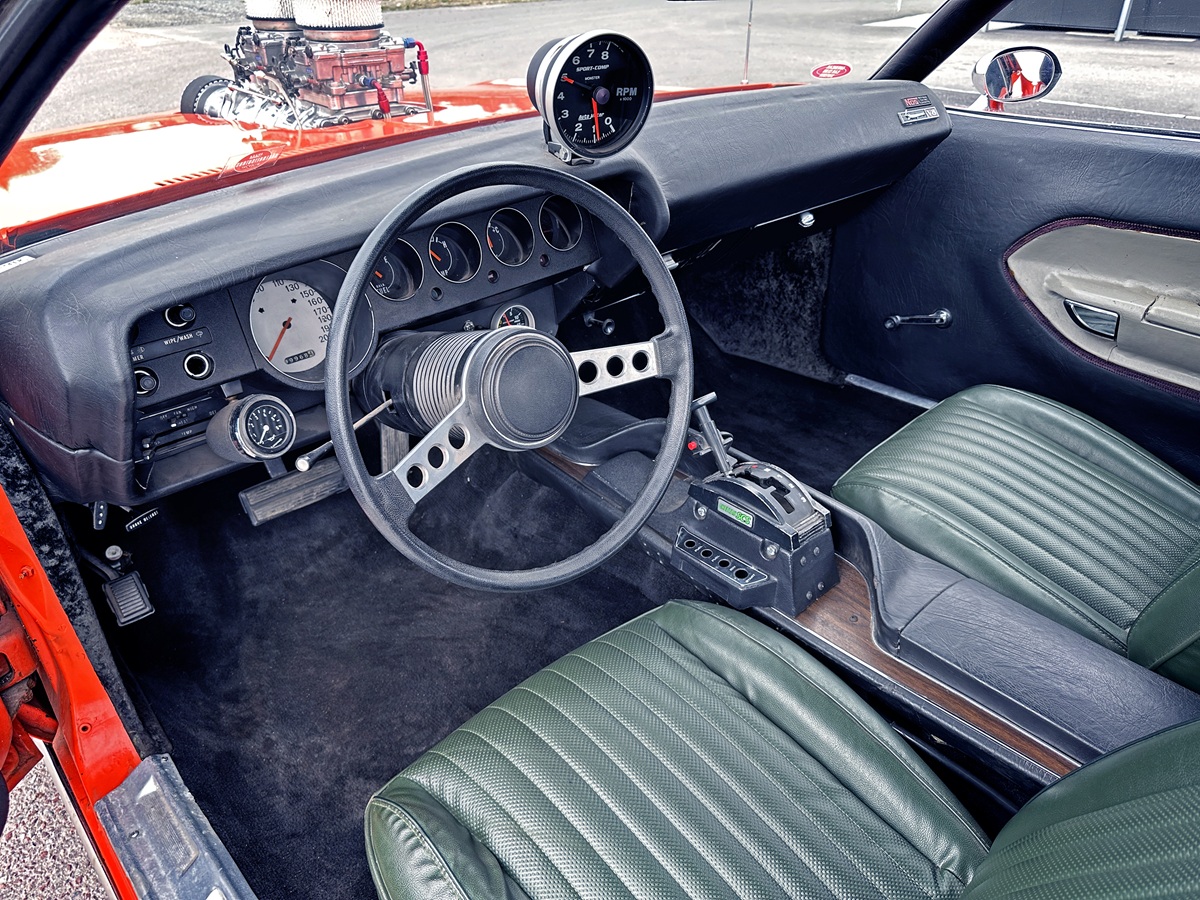
“The car was probably green from the start, when it left the factory. The interior is in really good shape, so it would be a shame to replace it. I’ve thought about dyeing the seats, door panels, dashboard and so on,” Jansson says.
He also remembers buying it in 2004. The Barracuda was for sale without an engine or transmission. Price: 55,000 kronor, about $5,500.
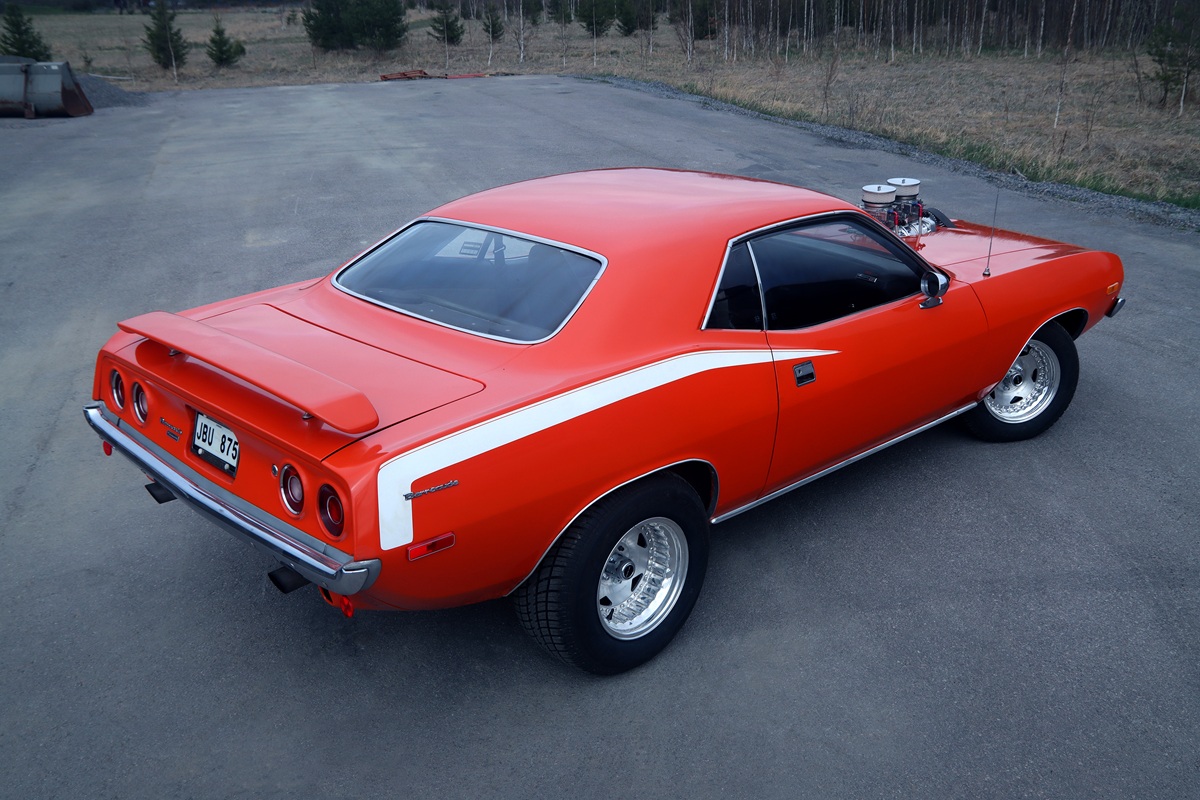
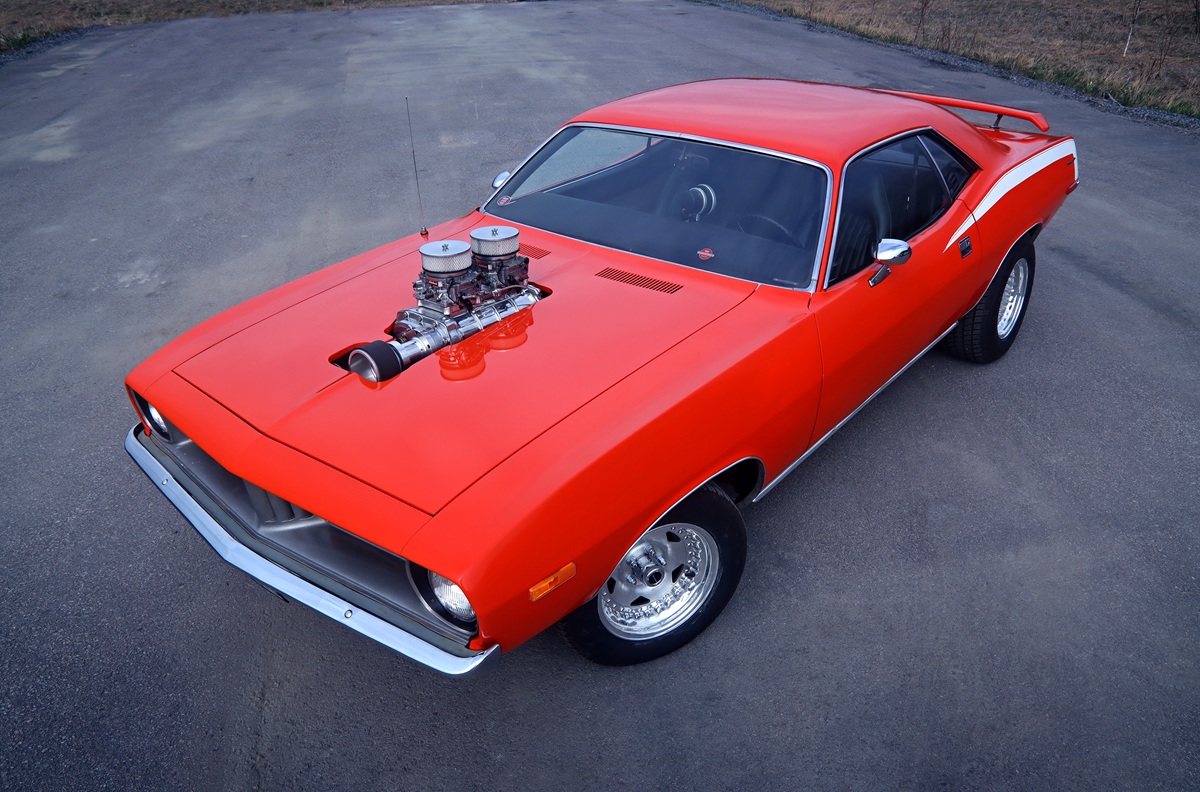
“That was cheap back then. I called within maybe 15 minutes of the ad going live, but it was already sold. I asked the seller to let me know if anything changed, but I didn’t have high hopes. A week later he called back – the buyer couldn’t come up with the money. I was thrilled!”
Since Jansson already has the Charger for drag racing, the Barracuda stays on the street. Still, it does have a past life as a racecar. Probably just street racing, but still.
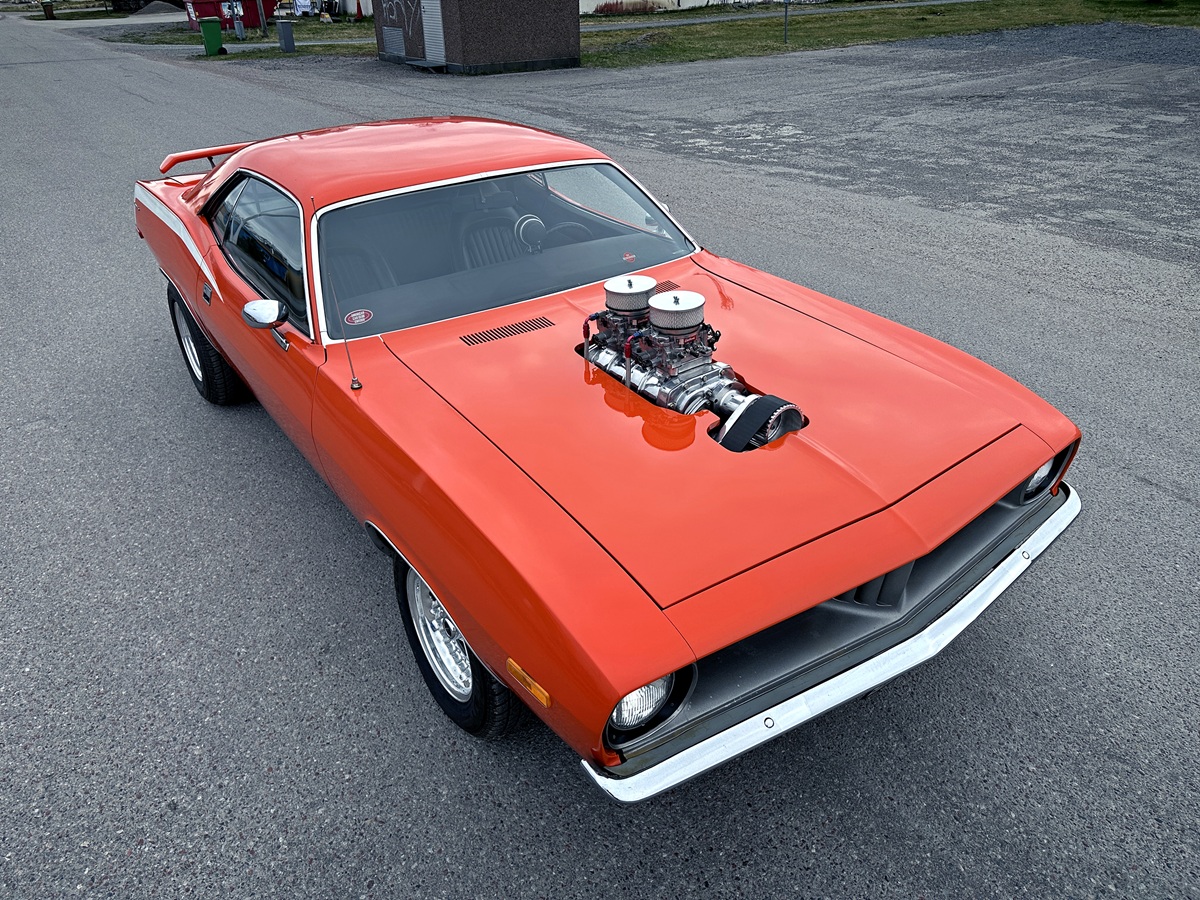
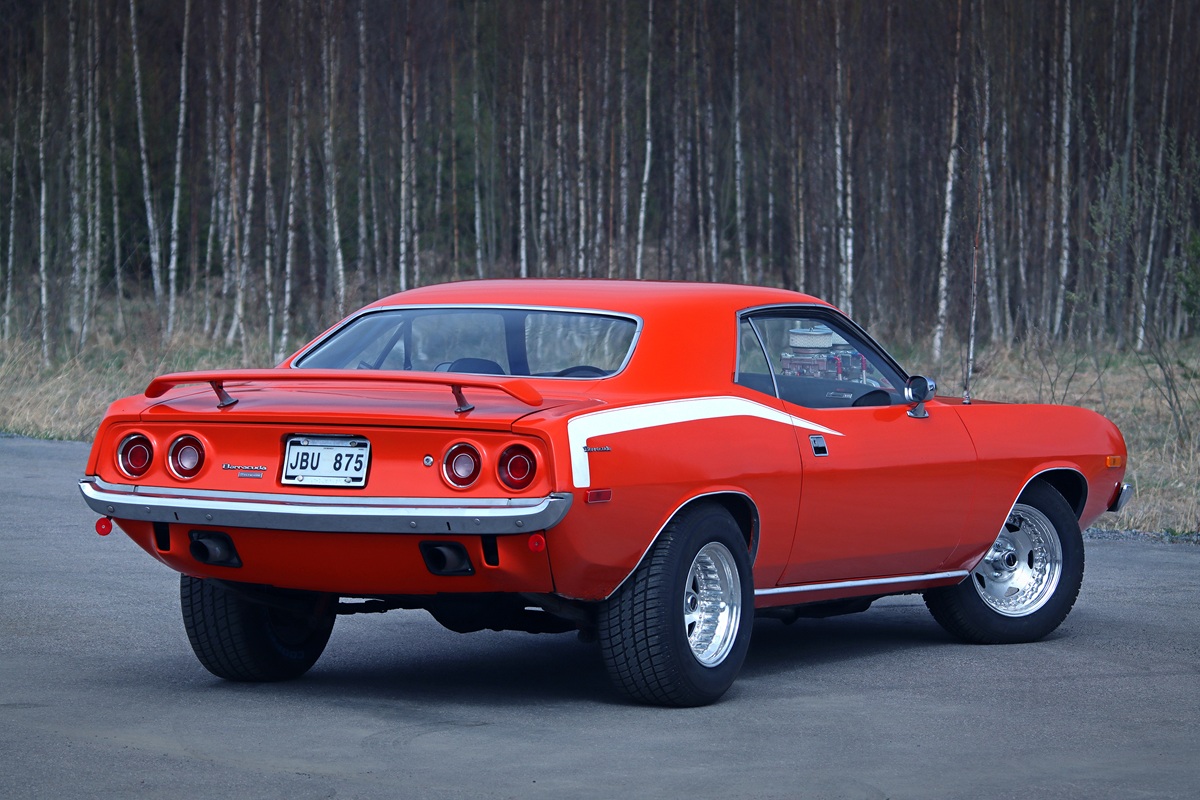
“The car was originally sold with a 318-cubic-inch V-8 and a 904 transmission. Over the years, it has run a 440 and a 413 Wedge. When I bought it, it didn’t have an engine or transmission, but it did have an extra fuel tank. Probably because it had been run with nitrous at some point, which requires extra gasoline,” Jansson says.
It’s good, then, that the Barracuda today has regained its glory, now with blower and attitude, but gets to work only moderately hard. Just the occasional burnout to stretch its legs. Perfect exercise for a lively 52-year-old.
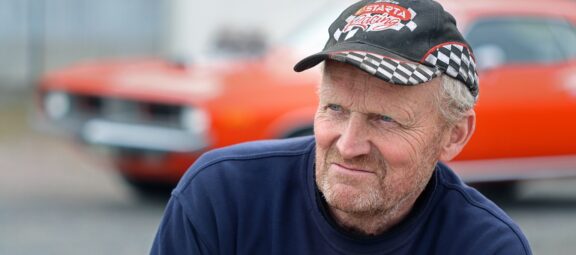
0 Comments